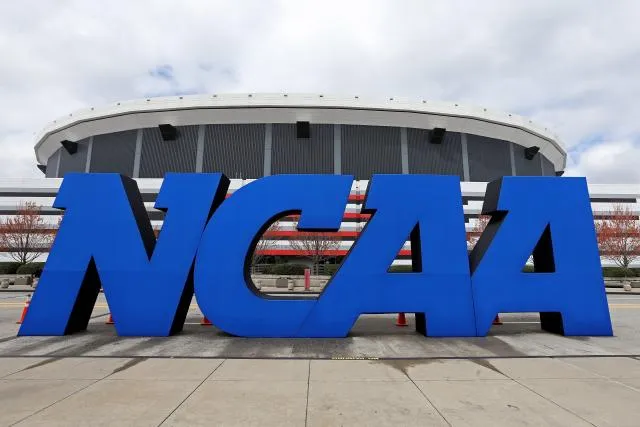Table of Contents
Introduction
The world of college sports has changed a lot in the last few years, especially with the introduction of Name, Image, and Likeness (NIL) deals. For those who might not be familiar, NIL deals allow college athletes to earn money by using their name, image, or likeness in endorsements, sponsorships, and other promotional activities. Before 2021, student-athletes weren’t allowed to profit from these opportunities, which sparked a lot of debate about fairness and athlete rights. Once the rules changed, it opened up a whole new world for athletes, letting them cash in on their popularity while still in school.
But as exciting as NIL deals are, they’ve also raised some big questions. Who’s getting the best deals? Is everyone being treated fairly? Are the big-name athletes at big schools getting all the benefits while others are left out? This is where the need for transparency comes in. Without clear information on how these deals are being made and who’s benefiting, it’s hard to know if the system is truly fair.
That’s why the NCAA (the organization that oversees college sports) has decided to step in with a new initiative. They’ve launched a transparency platform specifically designed to shed light on NIL deals across the country. This platform aims to make it easier for everyone—from athletes and schools to fans and the general public—to see exactly how NIL deals are playing out. By making this information accessible, the NCAA hopes to ensure that the opportunities provided by NIL deals are fair and equitable for all college athletes, not just the stars.
The NCAA’s role in this has been a bit of a journey. Initially, they were pretty resistant to the idea of NIL, worrying that it might disrupt the traditional college sports model. But as pressure mounted from athletes, lawmakers, and the public, they began to shift their stance. Now, they’re fully on board, not just allowing NIL deals but actively working to regulate and monitor them to ensure fairness across the board.
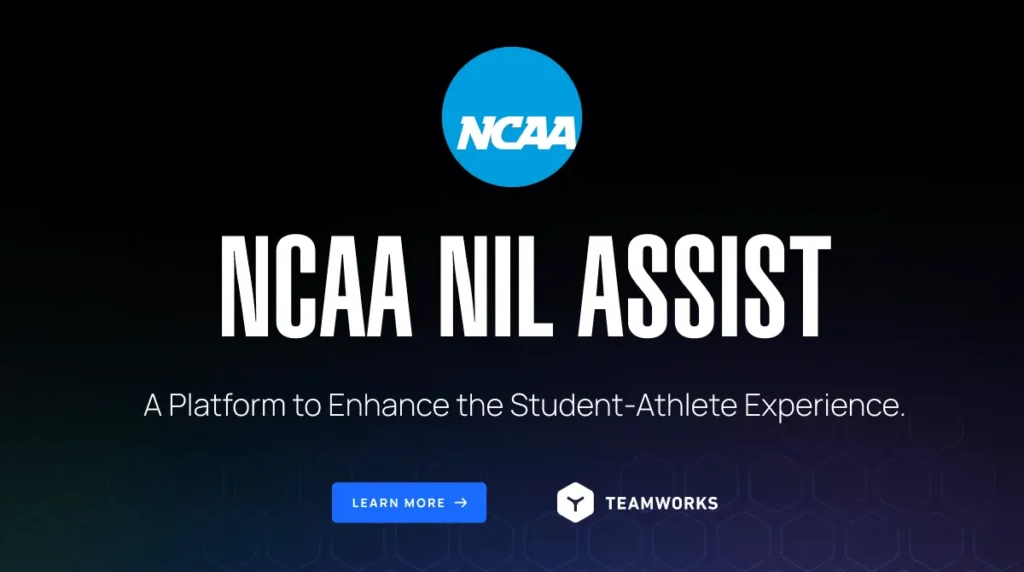
The Launch of the NIL Transparency Platform
What is the NIL Transparency Platform?
The NCAA’s new NIL Transparency Platform is a groundbreaking tool in college sports. Essentially, it’s a central hub where all the details about Name, Image, and Likeness (NIL) deals are gathered and made accessible. Before this platform, finding accurate and comprehensive information about these deals was challenging. Now, the NCAA has provided a solution that brings all this data together in one place, making it easier to understand who’s benefiting from NIL deals and how.
How the Platform Works
This platform isn’t just a basic data dump—it’s designed to be user-friendly and informative. The NCAA collects detailed information from schools and athletes about the NIL deals they’re involved in, including how much money is being exchanged and which companies are involved. The platform then makes this information available to the public in a way that’s easy to access and understand. Whether you’re curious about the latest endorsement deals or want to see if smaller schools are getting a fair share, this platform gives you the tools to find out.
The Goal: Transparency and Fairness
The main purpose of the NIL Transparency Platform is to create a more level playing field in college sports. By making all NIL deal information publicly available, the NCAA aims to prevent any unfair advantages or behind-the-scenes deals that could disproportionately benefit certain athletes or schools. This transparency ensures that NIL opportunities are more evenly distributed, helping to promote fairness across the board.
Addressing Concerns About Fairness
Since NIL deals became a reality, there’s been growing concern that some athletes and schools are reaping more benefits than others. The NCAA launched this platform to address these concerns head-on. By providing clear and accessible information about NIL deals, the platform helps ensure that these opportunities don’t just favor star athletes at top schools but are also available to athletes from all backgrounds and sports.
Collaboration and Development
The NCAA didn’t build this platform on its own. They collaborated closely with schools, athletes, and even tech companies to ensure the platform is effective and user-friendly. This collaboration was crucial in creating a tool that genuinely benefits everyone involved in college sports. From the technology that powers it to the data it provides, every aspect of the platform was designed with the needs of the entire college sports community in mind.
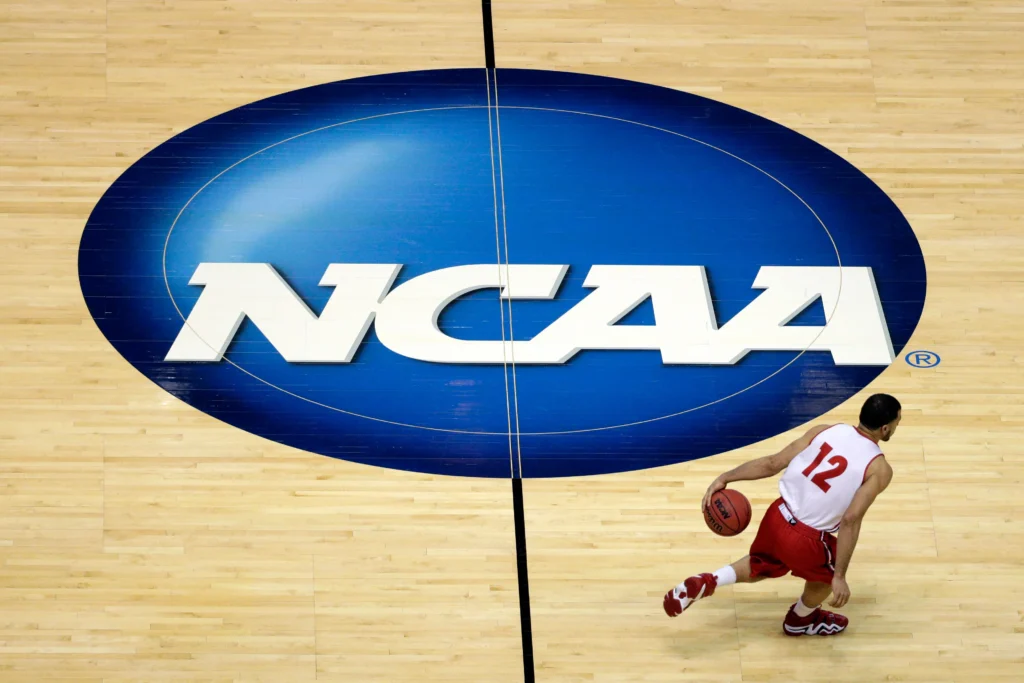
Why This Platform Matters
The NIL Transparency Platform is set to be a game-changer in college sports. By bringing clarity to a complex and rapidly evolving landscape, it ensures that NIL deals are not only fair but also transparent and beneficial for everyone involved. Whether you’re an athlete trying to navigate the world of NIL opportunities or a fan interested in the business side of college sports, this platform is poised to make a significant impact.
Impact on Athletes and Schools
Benefits for Athletes
The NIL Transparency Platform is more than just a tool; it’s a game-changer for college athletes across the board. One of the most significant benefits for athletes is the ability to navigate the complex world of NIL deals with confidence. Before this platform, athletes often had to rely on word-of-mouth or limited information to understand what deals were available and how much they were worth. Now, with all the data in one place, athletes can make informed decisions about their endorsements and sponsorships.
Another key advantage is the push toward fairness. The platform helps ensure that NIL opportunities are more evenly distributed, not just concentrated among star players at major schools. This transparency levels the playing field, allowing athletes from smaller programs or less high-profile sports to see what kinds of deals are possible and how they can maximize their own NIL potential. By providing a clear picture of the NIL landscape, the platform empowers athletes to advocate for themselves and negotiate better deals.
Implications for Schools
For schools, the NIL Transparency Platform presents both opportunities and challenges. On the positive side, schools can use the platform to benchmark their own NIL programs against others. This visibility allows them to see how they stack up in terms of the deals their athletes are securing and make necessary adjustments to stay competitive in recruiting and retaining top talent. Schools that actively use the platform can position themselves as leaders in supporting their athletes’ financial futures, which can be a significant selling point for prospective students.
However, there are also challenges that schools might face with the introduction of this platform. The increased transparency means that schools will need to ensure their NIL programs are competitive and compliant with NCAA regulations. Schools that lag in providing opportunities or fail to support their athletes adequately might find themselves at a disadvantage, as prospective athletes can now easily compare NIL opportunities across different programs. This could lead to increased pressure on schools to enhance their NIL support systems, potentially requiring additional resources and staff.
Leveling the Playing Field
One of the most important aspects of the NIL Transparency Platform is its role in leveling the playing field for both athletes and schools. In the past, high-profile athletes at major programs were often the ones benefiting the most from NIL deals. But with the platform, there’s a real opportunity for athletes from smaller schools or lesser-known sports to get their share of the spotlight. The transparency provided by the platform makes it easier for these athletes to attract sponsorships and endorsements that might have previously gone to more visible competitors.
For schools, this means a shift in how they approach NIL opportunities. No longer can they rely solely on their brand name or reputation to attract top talent. Instead, they’ll need to actively engage with the platform, ensuring that their athletes have access to the best deals and opportunities available. This shift could lead to a more balanced and competitive landscape in college sports, where success isn’t just about the biggest programs but also about the schools that best support their athletes’ NIL aspirations.
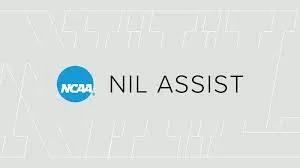
Preparing for the Future
As the NIL landscape continues to evolve, the platform will likely play a crucial role in shaping the future of college sports. Schools and athletes who embrace the platform and use it to their advantage will be better positioned to thrive in this new era. By staying informed and proactive, they can maximize the benefits of NIL opportunities, ensuring that they are not only competitive but also fair and equitable.
Legal and Ethical Considerations
Privacy Concerns
The NCAA’s NIL Transparency Platform aims to open up NIL deal information to promote fairness, but it also raises privacy issues. Athletes might not want all their financial details publicly available, and the NCAA recognizes this. To protect athletes’ privacy, the platform may anonymize certain data or show aggregate figures rather than specific amounts. The NCAA has likely worked closely with legal experts to ensure the platform complies with privacy laws across different states, striking a balance between transparency and confidentiality.
Compliance and Regulation
The platform also functions as a regulatory tool, requiring schools to provide accurate NIL deal information. The NCAA is serious about enforcing these rules, with potential penalties for non-compliance, ensuring everyone follows the same standards. Additionally, the platform must adhere to varying state and federal regulations, which could require ongoing adjustments as laws evolve. The NCAA will need to maintain close relationships with lawmakers to keep the platform compliant and effective.
Ethical Considerations
There are ethical concerns about making athletes’ earnings public, which could lead to undue pressure or exploitation. Transparency could also unintentionally deepen existing inequalities in college sports by highlighting disparities in NIL earnings. The NCAA needs to consider these ethical dilemmas carefully, possibly adjusting the platform based on feedback from athletes, coaches, and other stakeholders.
Balancing Transparency and Fairness
The key to the NIL Transparency Platform’s success will be balancing the need for transparency with protecting athletes’ rights. The NCAA’s challenge is to create a system that’s fair and equitable while respecting privacy and addressing ethical concerns. As the platform continues to develop, maintaining this balance will be crucial to its positive impact on college sports.
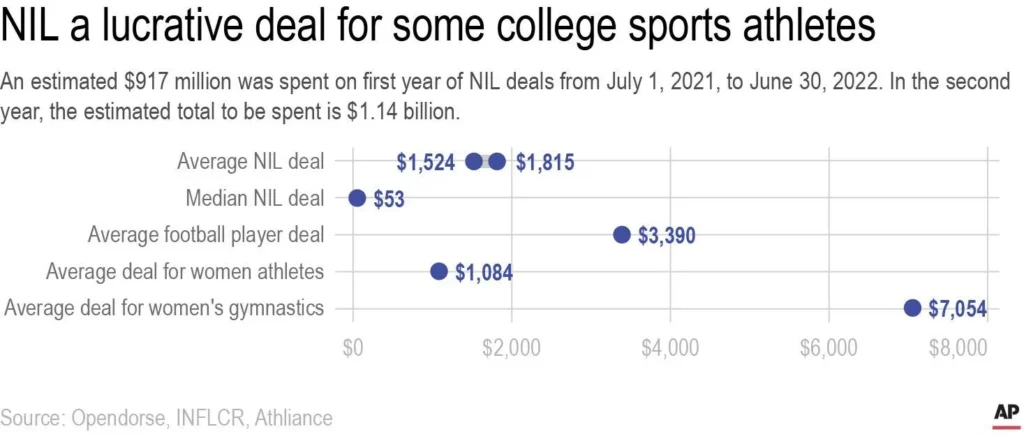
Future Implications and Evolution
The Changing Landscape of College Sports
The launch of the NIL Transparency Platform marks a significant shift in college sports, setting the stage for a more open and fair system. As more NIL deals are made public, the dynamics of college sports are likely to change. Athletes will have greater control over their personal brands, and schools will need to adapt to remain competitive in attracting talent. This platform could pave the way for a new era where transparency and fairness are central to the student-athlete experience.
Potential for Expansion and Improvement
While the current platform focuses on transparency, there’s potential for it to evolve further. The NCAA could expand the platform to include more detailed analytics, helping athletes and schools make better decisions. There could also be additional features like educational resources for athletes on how to manage their NIL rights effectively. As the platform matures, feedback from users will be crucial in shaping its development, ensuring it meets the needs of the college sports community.
Long-Term Impact on Recruitment and Sponsorships
The NIL Transparency Platform could have a lasting impact on recruitment and sponsorship strategies. Athletes will likely consider schools that offer robust support for NIL opportunities, while sponsors might shift their focus to programs that produce the most visible and marketable athletes. This could lead to a more competitive environment where schools must not only excel in sports but also in their ability to provide NIL opportunities. Over time, the platform could help create a more balanced and equitable landscape in college sports.
The Role of Technology in Shaping the Future
Technology will continue to play a crucial role in the evolution of NIL deals and the platform itself. As new tools and technologies emerge, the platform could integrate advanced features like real-time tracking of deals or AI-driven insights to optimize athlete earnings. The NCAA will need to stay ahead of technological trends to ensure the platform remains relevant and effective in a rapidly changing digital landscape.
Conclusion
The NCAA’s NIL Transparency Platform marks a pivotal shift in the landscape of college sports. By bringing clarity and openness to the world of Name, Image, and Likeness deals, this platform addresses long-standing concerns about fairness and transparency in college athletics. It provides athletes with valuable insights into the NIL market, helping them make informed decisions and negotiate better deals, while also giving schools the tools to stay competitive and support their athletes effectively.
However, the platform also introduces new challenges, particularly regarding privacy and the balance of power among institutions. Athletes and schools will need to navigate these complexities as the platform evolves. The NCAA’s commitment to addressing feedback and adapting the platform will be crucial in ensuring it meets its goals of fairness and equity.
Overall, the NIL Transparency Platform represents a significant step forward in promoting a more open and equitable environment in college sports. Its impact will unfold over time, shaping the future of NIL deals and the broader college athletics landscape. As the platform continues to develop, it will be essential for all stakeholders to engage with it actively and constructively to achieve the best outcomes for athletes, schools, and the integrity of college sports.




